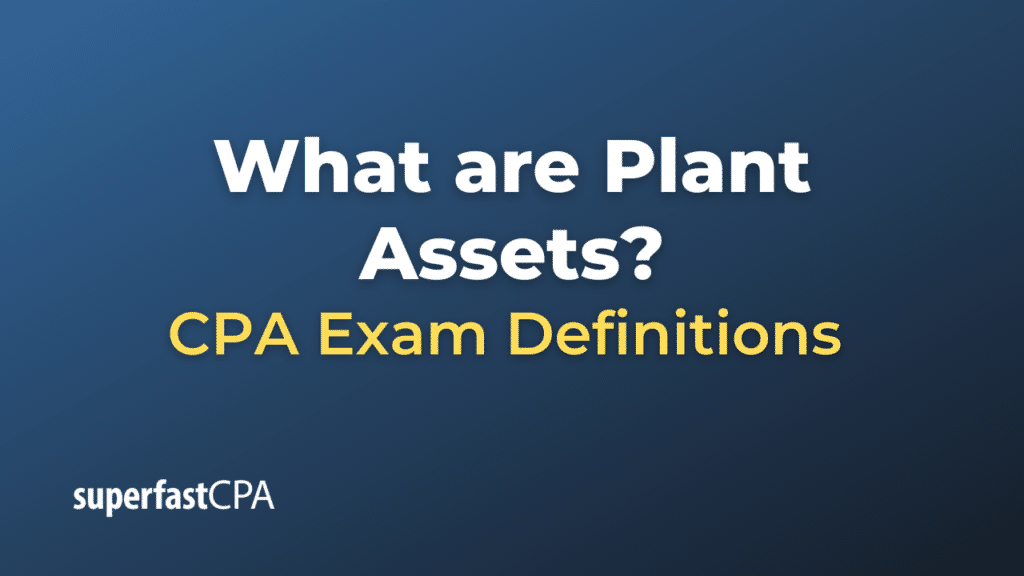Plant Assets
Plant assets, also known as property, plant, and equipment (PP&E), are long-term tangible assets that a company uses in its business operations to generate income. These assets are not for sale to customers but are necessary for the business to carry out its operations.
Plant assets can include:
- Land: The actual ground on which the company’s buildings or plants are situated.
- Buildings: These include offices, factories, warehouses, or any other structures where the company conducts its business.
- Machinery and equipment: These include production machinery, vehicles, office equipment, tools, etc.
- Furniture and fixtures: This could include desks, chairs, lighting fixtures, and other furniture.
- Leasehold improvements: These are alterations made to a leased property to make it more useful or conducive to the company’s operations.
These assets are typically characterized by their substantial size and longevity. They are also subject to depreciation (except land), where their cost is systematically allocated over their useful lives.
In the company’s balance sheet, plant assets are usually presented at their cost less accumulated depreciation. Their value can be significant and represent a large portion of a company’s total assets, especially for businesses in manufacturing, transportation, or other capital-intensive industries.
Example of Plant Assets
Let’s imagine you own a manufacturing company, XYZ Manufacturing Inc., that produces furniture. Here’s how you might categorize your plant assets:
- Land: The plot of land on which your manufacturing plant is located.
- Buildings: The actual manufacturing facility where you produce furniture, your corporate offices, and any storage warehouses you own.
- Machinery and Equipment: This would include all the machines used in the production of the furniture (like saws, drills, lathes, etc.), forklifts for moving materials and finished goods, and the computer hardware used in your offices.
- Furniture and Fixtures: This could include the office desks, chairs, and the lighting fixtures in your corporate office and employee break areas.
- Leasehold Improvements: If you lease any of your office spaces or warehouses, any improvements you’ve made to those facilities would fall into this category. For example, you might have added some shelving to a leased warehouse to better store your inventory.
Remember, all of these assets (except land) would be subject to depreciation over their useful lives. This means every year, a portion of their value would be recorded as an expense in your income statement, reducing the value of these assets on your balance sheet.
In addition, plant assets would require maintenance and sometimes substantial repairs. The costs of these activities are also recorded in the company’s financial statements, further affecting the company’s profitability and the recorded value of the assets.














